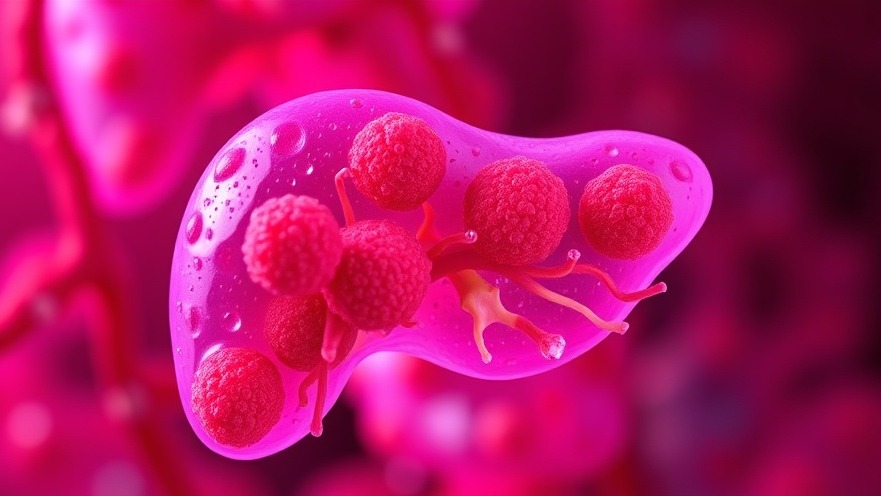
Revolutionizing Organoid Development: The Role of Placenta-Derived IL1α
In a groundbreaking study, researchers at The University of Tokyo have unveiled a significant advancement in the field of organoid research, particularly focusing on liver organoids. By utilizing placental-derived factors, specifically interleukin-1 alpha (IL1α) under hypoxic conditions, they have successfully enhanced the growth of human liver organoids. This discovery not only overcomes a longstanding challenge in organoid research but also paves the way for improved regenerative medicine techniques.
Understanding Organoids and Their Potential
Organoids are miniaturized and simplified versions of organs produced in vitro from stem cells. These models closely replicate key functional aspects of real organs, making them invaluable for studying diseases, drug testing, and potential therapeutic applications. However, achieving the necessary size and functionality for these organoids has proven difficult due to complex interactions that mimic natural organ development.
The Promise of Placenta-Derived Factors
The placenta is known for supplying essential nutrients and oxygen to the developing fetus, showcasing a unique biological environment that encourages rapid cellular growth. In their study, lead scientists Dr. Yoshiki Kuse and Prof. Hideki Taniguchi investigated how these placenta-derived factors could be harnessed to stimulate liver organoid growth.
By mimicking the hypoxic conditions present in early fetal development, the researchers were able to activate a specific signaling pathway that promotes the expansion of liver progenitor cells. This strategy marks a notable step forward in overcoming the barriers to organoid development, aligning with ongoing research that seeks to replicate the conditions found in embryonic growth.
Implications for Regenerative Medicine and Patient Care
The implications of this research stretch far beyond laboratory walls. For concierge health practitioners, the ability to create larger and more functional organoids holds promise for personalized medicine. These organoids can more closely replicate a patient’s unique biological makeup, allowing for tailored treatment strategies that could significantly improve patient outcomes.
As advancements in this field continue, concierge practitioners should stay abreast of new methodologies and technologies that could impact how they deliver care, ensuring that they can provide the best possible solutions for their patients.
Future Directions and Ongoing Research
This study, published in Nature Communications, is just the beginning. The research team plans to explore other organ types and the potential of additional placental factors. Continuing to unravel the complexities of organoid development could lead to breakthroughs in regenerative therapies for liver disease and beyond.
Furthermore, the long-term goal is to refine these organoid models into scalable and clinically relevant solutions that can be utilized in medical practice. There is hope that findings like these will continue to shape the future of organ transplant technology and regenerative therapies.
Key Takeaways for Concierges in Healthcare
Cultivating Knowledge: Staying informed about innovations in organoid research can enhance the services provided to patients.
Implementing Best Practices: Understanding the mechanisms behind organoid growth can aid practitioners in communicating potential treatment options more effectively.
Paving the Path Forward: Engaging with ongoing research initiatives may lead to collaborative opportunities that enrich patient care.
In summary, the integration of placenta-derived IL1α into liver organoid development represents a significant leap for researchers and clinicians alike. As the medical community continues to explore these advances, staying informed will be crucial to leveraging new treatments effectively for patient benefit.
As this field of research progresses, concierge health practitioners are encouraged to immerse themselves in these developments, ensuring their practices remain at the forefront of medical innovation and patient care.
 Add Row
Add Row  Add
Add 






Write A Comment